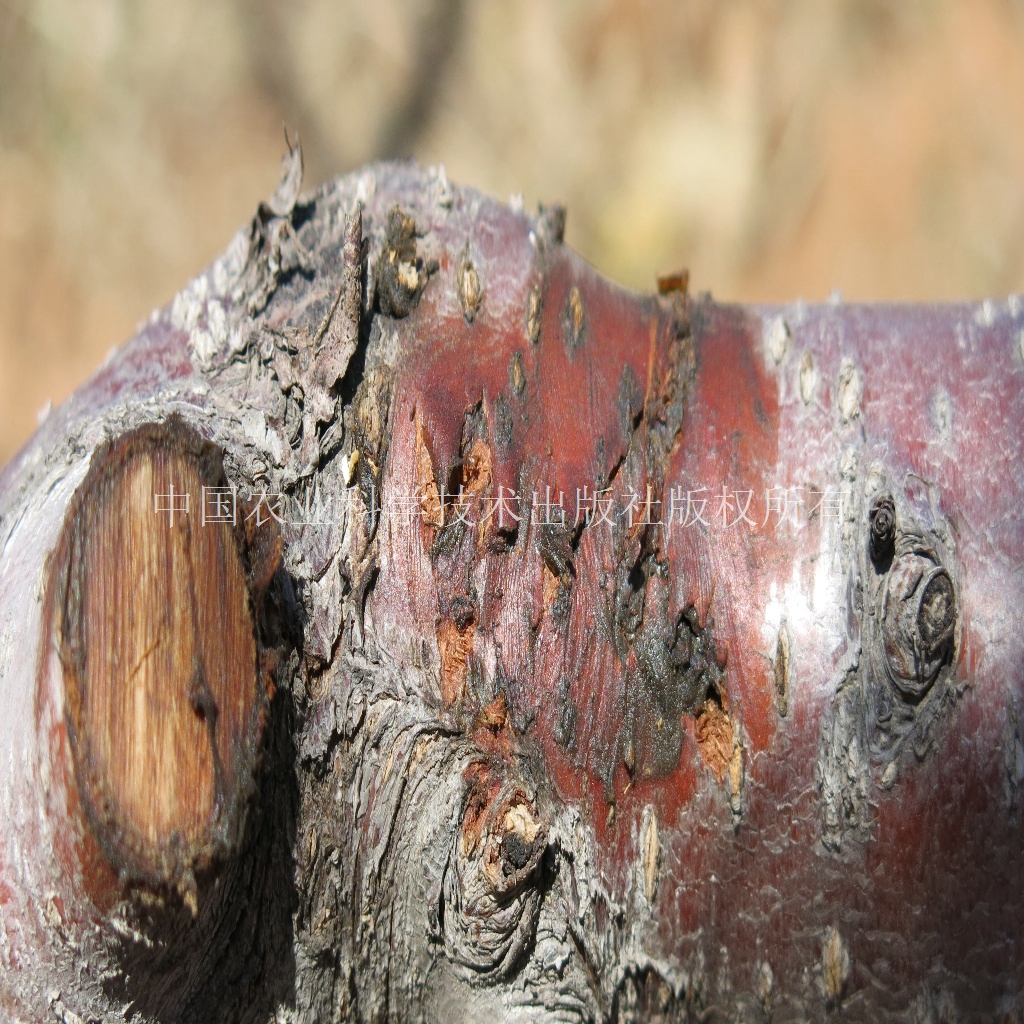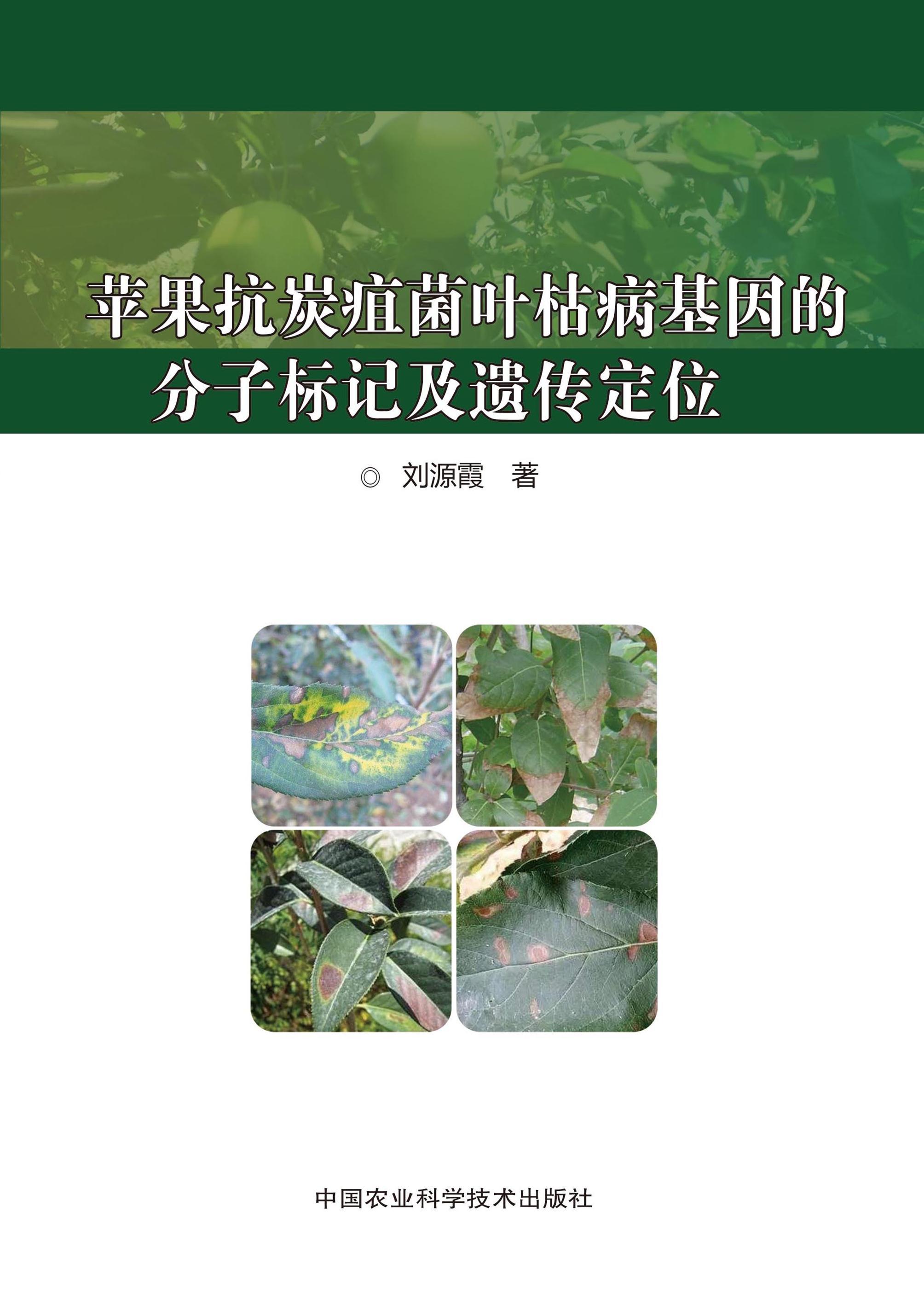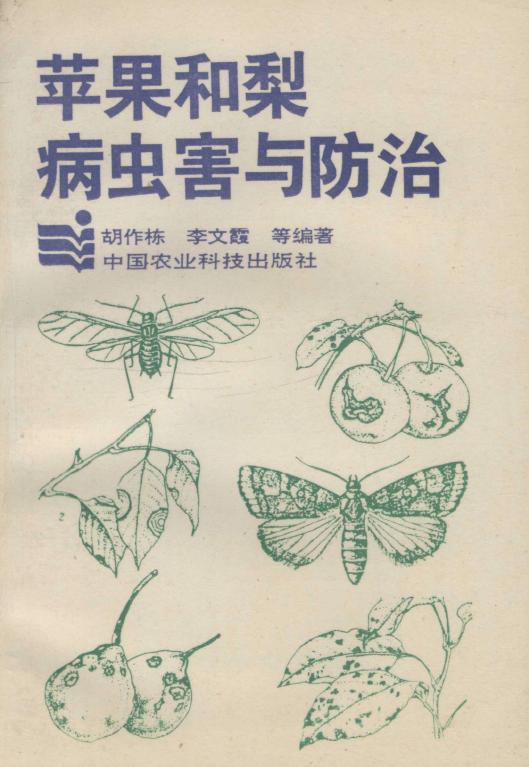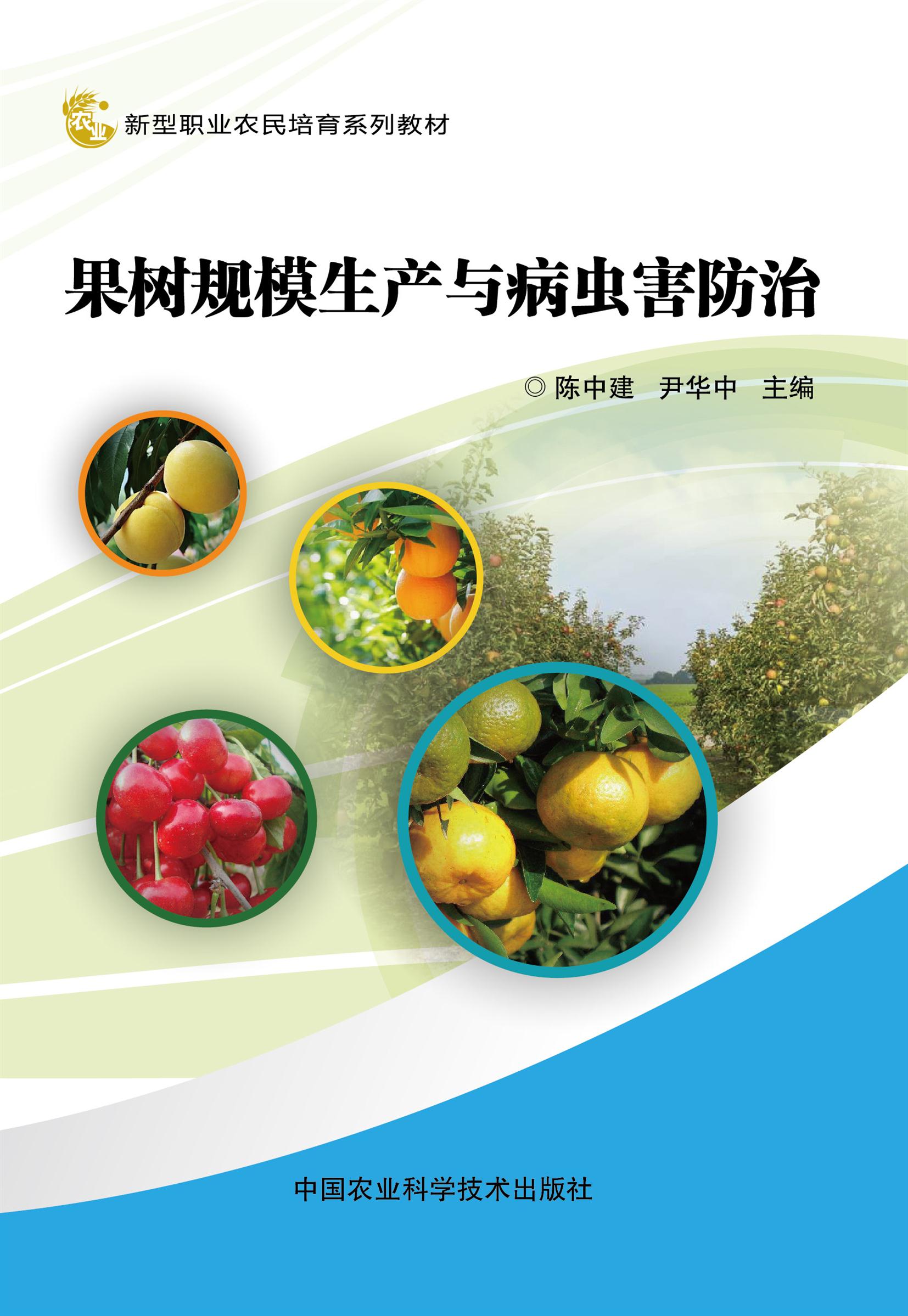Oligochitosan Induces Programmed Cell Death in Tobacco Cell Suspension
Oligochitosan Induces Programmed Cell Death in Tobacco Cell Suspension
1 Introduction
The term"programmed cell death"(PCD)is used to describe cell death that results from the activation of a cell suicide pathway that is encoded by the genome of the dying cell
In plants,PCD is also an indispensable facet of development,defence response and architecture,which shares some characteristic features with animal apoptosis
Besides HR,plant also respond to a variety of externally added inducer by initiating PCD.These include elicitors(N-acetylchitooligosaccharides,chitosan)
Chitosan and its fragments,the natural component of the fungi cell wall,have been shown to act as potent elicitor signals in several plant system.These include the induction of jasmonate synthesis
In the present study,the events leading to the death of cultured tobacco cells treated with various doses of oligochitosan have been investigated.It is thus shown that oligochitosan can induce programmed cell death features in cultured tobacco cells including cell shrinkage,chromatin condensa
2 Materials and Methods
2.1 Chemicals
Oligochitosan with 85%N-deacetylation and polymerization degree from 2 to 10 was self-prepared by enzymatic hydrolysis method,solubilized(50mg/ml)in deionized water.
2.2 Cell cultures and treatment with oligochitosan
Suspension cultures of tobacco(Samsun NN)were grown in Murashige and Skoog(MS)medium supplemented with 3%sucrose,0.5μg/ml 2,4-D.The culture were incubated with rotation(120rpm)at 25℃ with 16-hour photoperiod,on a 14 day growth cycle(10%v/v inoculum).After 12 days in culture,the cells were harvested,resuspended in fresh culture medium.All procedures were done under aseptic conditions.Oligochitosan used were sterilized by filtration through a millpore filter(0.22μm).
2.3 Measurement of H2O2
Intracellular H
2.4 Assessment of cell viability
Cell viability was evaluated as described elsewhere
2.5 Nuclear Labeling
Hoechst 33342(HO)and Propidium Iodide(PI)was used to detect cellular change.After different times of treatment,the cells were incubated in the dark with 5μg/ml HO and 5μg/ml PI at room temperature for 30min and 15min respectively,then observed under fluorescent microscopy by using an excitation wavelength of 350nm and 570nm.
3 Results
3.1 Oligochitosan inhibit growth and induce death of suspension-cultured tobacco cells
Oligochitosan dose-dependently inhibited the growth of suspension-cultured cells of tobacco(Figure 1).Growth inhibition was estimated by determining the fresh weight of the cultures after 7 days of exposured to increasing concentrations of oligochitosan.
In order to determine whether the antiproliferation effect of oligochitosan in tobacco suspension cultures was due to growth arrest or cell death,we analysed cell viability.Administration of 5~200μg/ml oligochitosan to tobacco cells for 6h and 24h caused cell death,as measured by trypan blue staining.The degree of cell death rose with the increase in elicitor concentration and length of treatment.The highest value was observed with 200μg/ml oligochitosan for 24h(about 55.6%),where as 50μg/ml caused about 30.6%cell death after the same time of elicitor incubation.5μg/

Figure 1 Oligochitosan inhibits tobacco cells proliferation.Tobacco suspension(1g/100ml liquid medium),were treated with the indicated concentrations of oligochitosan, after 7 days of treatment, cell proliferation was determined by measuring the fresh weight.

Figure 2 Effect of oligochitosan on viability of tobacco cells. Exponential growing cells(1g/100ml liquid medium),were treated with the indicated concentrations of oligochitosan, after 6h (closed bar) and 24h (open bar) treatment.The 100% value corresponds to heat treatment (30min 100℃).Data are means ±SD of three independent experiments.
3.2 Oligochitosan induce programmed cell death features in suspension-cultured tobacco cells
To further determine the nature of the cell death induced by oligochitosan,we analyzed the occurrence of the main PCD hallmarks recognized for plant cells such as morphological changes,nuclear morphology,and DNA fragmentation,focusing our attention on the concentration of 50μg/ml.Under light microscopy control cells showed a well defined structure with round nuclei, while oligochitosan-treated cells were found to undergo various progressive morphological changes.Cells treated for 24h with 50μg/ml,oligochitosan showed a cell disorganization with a gradual condensation of the cytoplasm and a consequent detaching of the plasma membrane from the cell wall(Figure 3 E).Different degrees of cell disorganization were found coexist,indicating a different sensitivity

Figure 3 Chromatin condensation and cytoplasm shrinkage induced by oligochitosan for 24h in tobacco cells. Aliquiots of both control (A,C) and oligochitosan-induced(B,D,E) cells were collected ,stained with Hoechst 33342(A,B) and Propidium Iodide(B,D),analyzed by fluorescence microscopy, or stained with trypan blue(E), and visualized under light microscopy. Pictures represent typical examples.
To further investigate the cellular changes induced by oligochitosan a double staining of cells with HO/PI dyes were carried out.This staining allows the simultaneous detection of the early stages of apoptotic cells(HO
As showen in Figure 3, Nuclei of tobacco control cells exhibited a large central nucleolus surrounded by uniformly stained chromatin,whereas the chromatin had a granular appearance with lobated nuclei in cells after oligochitosan treatment,resembling those observed during apoptosis in animals cells.
Taken together the present data are suggestive of the induction by 50μg/ml oligochitosan of a cell death pathway showing some PCD-like features recognized for animal apoptosis.
3.3 ROS production in suspension-cultured tobacco cells undergoing cell death with PCD features
In the light of the crucial role played by ROS in PCD,we investigated production of ROS in oligochitosan-induced suspension-cultured tobacco cells by monitoring H

Figure 4 Production of H2O2 in tobacco cells induced by oligochitosan. The cells were stained with DCFH-DA.and H2O2 production was visualized by fluorescent microscopy as described in "Materials and Methods." Pictures represent typical examples.
4 Discussion
Plant cells can activate their intrinsically programmed cell death when respond to a variety of extracellular stimulus.This process may be related with plant resistance
By contrast to the degradation of DNA to nucleosomal fragments observed in several plant PCD process,no detectable DNA ladder was observed in tobacco cells undergoing cell death in the considered time interval.Anna and his coworkers found that chitosan can induce programmed cell death in soybeans,and they do not observe DNA ladder either
Plants have an arsenal against the invasion of a broad array of environmental microorganisms.These include preexisting structure and chemical barriers as well as induced-defenses.Plants can combined different kinds of weapons to deal with enemies.Although PCD is a kind of death,it is still an active defense-related process which under plants control.
Tobacco cells treated by oligochitosan produce ROS.This phenomenon has been reported already for cells subject both to pathogen attack or to abiotic stress
On the whole our data suggest that tobacco cell suspension can trigger cell death program shared features with animal apoptosis when responded to oligochitosan,and it may be a kind of plant defense mechanism.









